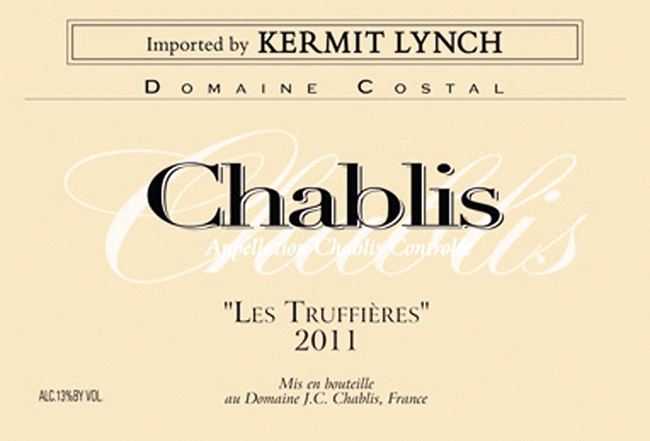Color Blind When It Comes To Wine
There are many factors that affect my enjoyment of wine. The company I am in, the food with which the wine is paired, the temperature of the wine, my mood, the variety of the wine, its aroma and flavors – all these and more are influences.
But perhaps the least important factor in my wine-drinking experience is the color of the wine. Yes, red, white or rose are basic categories, but apart from that, I pay almost no attention to its color.
mw-vino-011514-1
Looking at a wine list and seeing categories for red, white or rose are a basic part of wine drinking. It makes it easier for guests to find the wine they are looking for. I think this is primarily for the uninitiated, because if someone is looking for their favorite wine, they are not going to look for the Chardonnay in the red wine section or for their Cabernet in the white wine category, are they? Once you know what you like and what you want, it is pretty easy to find, regardless of color. Oh, yes, I must mention white Zinfandel versus Zinfandel because some may think it an exception. But no, even white Zinfandel drinkers know enough not to look for it in either the white or red wine section, no?
In fact, when I do training for hotels and restaurants, I explicitly skip describing the color of the wine. In all my years working in the field, I have never had a guest or customer ask me to recommend “a dark-red wine with a purple hue” or a “yellow-gold white wine with hints of amber” or a “peach-skin pink” wine. Wine has its three basic colors that anyone can recognize. The only time I actually do train people to take a longer look at the wine is for blind tastings (a la the Court of Master Sommeliers) or if a wine is particularly aged and/or flawed.
As red wine ages, its color can fade into a more orange, brown or rust-like color on the rim – what we call “rim variation.” Aged white wines can turn a more amber, brown and deep gold hue, and roses actually lose their color and become more like white wine, as its pinkish tinge turns more clear and adds patina. This can be very interesting to observe and it can give cues as to the age and condition of a wine, which is quite important when drinking aged and old wines. Unfortunately, flawed wines, which include “cooked,” maderized and or oxidized wines, do the same thing, but they smell and taste completely different – and in a bad way.
So, you cannot tell a flaw just by looking at the wine.
I admit for some people there is that psycho-symptomatic reaction that, if the color of the wine is beautiful, then the taste must be just as riveting. But it doesn’t always end up that way. I have had really richly colored reds that were thin and vapid, and very lightly colored wines both red and white that were completely thrilling. It all comes down to taste.
Recommendations: 2012 Lompoc Winery Pinot Noir Santa Rita Hills ($32) Spicy and floral at the same time, this wine luxuriates on your palate with a velvety texture. This is a very pretty Pinot Noir. 2011 Domaine de Costal Chablis Les Truffieres ($28) The name of the wine suggests truffles, but I find it to be more mineral, seashells and distinct notes of citrus, and a suggestion of morel mushrooms. On the palate, it is medium- to light-bodied with a penetrating and satisfying finish.
RViernes@southernwine.com






